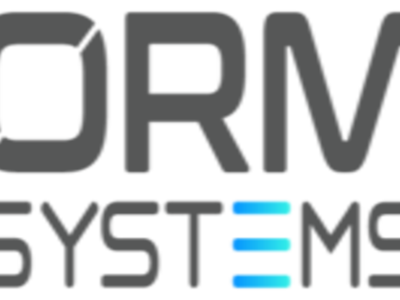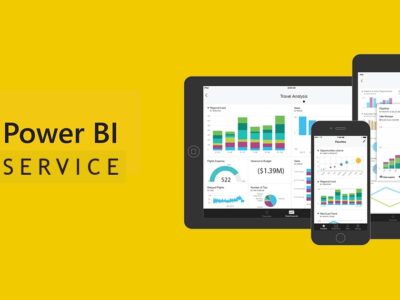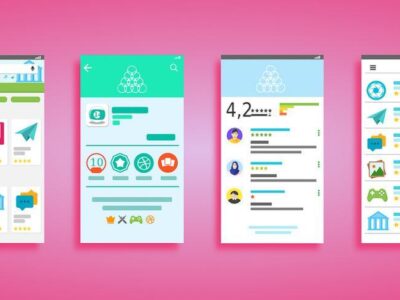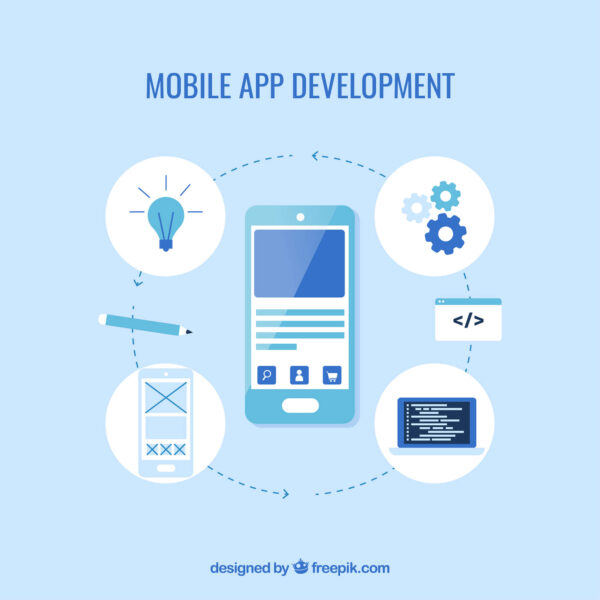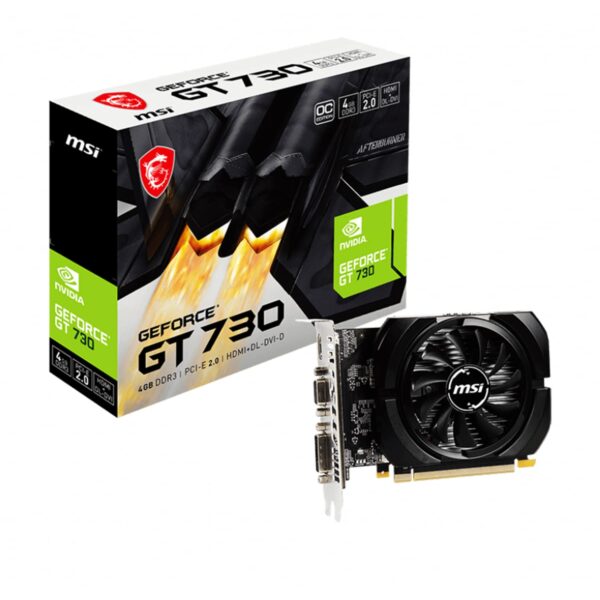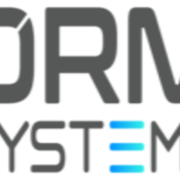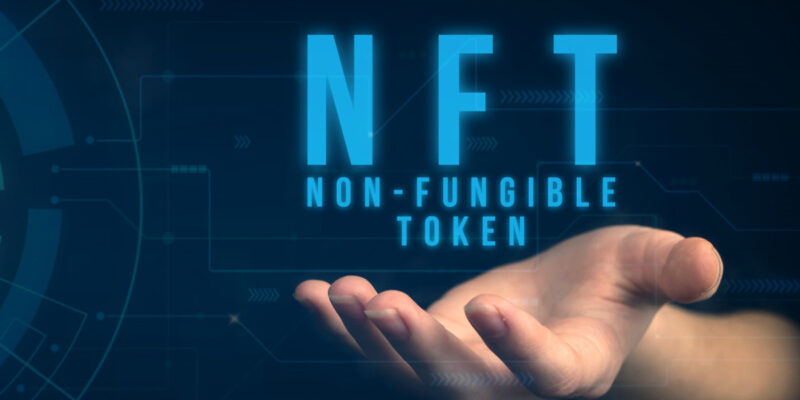
The blockchain landscape is evolving rapidly, and one of the most exciting developments in this space is the advent of dynamic NFTs. Non-fungible tokens (NFTs) have gained significant attention over the past few years, representing digital ownership of unique assets, including art, music, videos, and even virtual real estate. While traditional NFTs are static and immutable, dynamic NFTs (dNFTs) are taking the concept to the next level by incorporating interactivity and adaptability. This opens up new possibilities for how NFTs are used and how blockchain technology can evolve.
In this article, we’ll explore what dynamic NFTs are, how they differ from traditional NFTs, and how they are shaping the future of blockchain technology. Additionally, we’ll discuss how an NFT development company plays a vital role in creating these cutting-edge tokens.
What Are Dynamic NFTs?
Dynamic NFTs, often referred to as dNFTs, are a new breed of non-fungible tokens that are not static but can change and evolve over time. This adaptability is made possible through smart contracts, which allow dNFTs to be updated based on real-world conditions or specific inputs. The data associated with a dNFT can be modified after minting, meaning the token’s attributes, visuals, or metadata can change in response to triggers like external data sources, user interactions, or specific events.
For instance, a dynamic NFT representing a sports player’s performance could change stats based on real-life game outcomes. Similarly, digital artwork could evolve based on external stimuli like weather conditions or time of day. This added layer of complexity introduces more functionality and versatility to the NFT space, opening up countless possibilities for applications.
How Do Dynamic NFTs Work?
The core mechanism behind dynamic NFTs is smart contracts, self-executing pieces of code stored on the blockchain that manage the token’s behavior. With static NFTs, the smart contract simply points to metadata that remains unchanged over time. However, dynamic NFTs take things a step further by incorporating logic that allows for updates based on external data inputs or predetermined conditions.
The flexibility of dNFTs is driven by oracles—third-party services that fetch real-world data and deliver it to the blockchain. These oracles can trigger changes in the dNFT’s metadata or attributes based on predetermined criteria. For example, a dNFT linked to a stock portfolio could update its visuals or data when stock prices fluctuate.
Key Features of Dynamic NFTs
- Adaptability: Dynamic NFTs can change and evolve based on external inputs, making them much more versatile than traditional NFTs.
- Interactivity: dNFTs can be designed to interact with users or other tokens, creating an immersive and personalized experience.
- Integration with Real-World Events: dNFTs can be updated to reflect real-world changes like weather, sports scores, or market trends, providing dynamic, real-time experiences.
As the use cases for dNFTs continue to expand, their ability to integrate with real-world data positions them as a powerful tool for applications across various industries.
Use Cases for Dynamic NFTs
Dynamic NFTs are revolutionizing several sectors, from entertainment to finance. Here’s a look at some key areas where dNFTs are already making an impact:
1. Gaming
The gaming industry has been one of the earliest adopters of NFTs, and dynamic NFTs are pushing the envelope even further. In many games, players can own in-game assets like characters, weapons, or skins, which are often represented as NFTs. With dNFTs, these assets can evolve over time, responding to player progress, in-game achievements, or updates to the game’s ecosystem.
For instance, a sword in a fantasy game could increase in power or change its appearance as the player completes quests or defeats enemies. The adaptability of dNFTs creates a more engaging and interactive gaming experience, giving players a sense of true ownership and involvement in the growth of their in-game assets.
2. Art and Collectibles
Digital art was one of the first major use cases for NFTs, and dynamic NFTs are transforming how artists create and interact with their audiences. Unlike traditional NFTs, which remain static, dynamic NFTs can evolve in response to environmental factors, user input, or time-based events.
For example, an artist could design a dynamic NFT that changes color based on the time of day or season. Alternatively, artists can use dNFTs to create pieces that grow more intricate as more users interact with them. This creates a deeper level of engagement between the artist and the collector, making the artwork truly interactive.
3. Finance
In the decentralized finance (DeFi) space, dynamic NFTs offer innovative solutions for financial applications. A dNFT could represent a stock portfolio, loan, or investment that changes based on real-time data. For instance, if a dNFT represents a diversified portfolio, the token’s value and metadata could update as the market fluctuates, providing the owner with real-time updates and insights.
This opens the door to a wide array of financial instruments that are more transparent and dynamic than ever before, providing both institutions and individual investors with greater flexibility.
4. Identity and Credentials
One of the most promising applications of dynamic NFTs is in the area of digital identity. dNFTs can be used to create dynamic digital credentials that evolve over time as individuals acquire new skills, certifications, or accomplishments. For example, a dynamic NFT could represent a college degree, which updates as the individual completes additional coursework or certifications. This could revolutionize how we manage digital credentials and professional identities.
How Dynamic NFTs Are Evolving the Blockchain Space
Dynamic NFTs represent a significant evolution in the blockchain space. While traditional NFTs have already reshaped industries like art, gaming, and real estate, the added layer of interactivity that dNFTs offer expands the potential of blockchain technology.
1. Enhanced Interactivity
One of the most significant contributions of dynamic NFTs is their ability to create a more interactive and personalized experience for users. Whether it’s through gaming, art, or financial products, dNFTs allow users to engage with tokens in a way that was previously impossible. This heightened level of interactivity is expected to attract more users to the blockchain space, making it more accessible and appealing.
2. Integration with the Real World
By incorporating real-world data into the blockchain, dynamic NFTs are bridging the gap between digital assets and physical realities. This integration could drive the adoption of blockchain technology in industries that require real-time updates or adaptive functionality, such as finance, supply chain management, and real estate.
3. Expanding Use Cases
As dNFTs continue to evolve, they will unlock new possibilities for industries that have yet to explore the potential of blockchain technology. From healthcare to education, the ability to create adaptable digital assets that evolve based on real-world events will likely lead to the development of innovative new applications across the globe.
The Role of an NFT Development Company
The rise of dynamic NFTs requires a deep understanding of both blockchain technology and smart contract development. This is where an NFT development company comes into play. These companies specialize in building customized NFT solutions that cater to the specific needs of various industries.
An NFT development company can assist in designing dynamic NFTs that are integrated with oracles, ensuring that the tokens can adapt and respond to real-world inputs. Whether it’s building a gaming platform with dynamic in-game assets or creating financial products that update in real time, an experienced development team can help bring these ideas to life.
Conclusion
Dynamic NFTs are more than just a trend—they are a fundamental evolution of blockchain technology. By introducing adaptability, interactivity, and real-world integration, dNFTs are expanding the use cases for NFTs across a wide range of industries. From gaming and art to finance and digital identity, the possibilities are endless.
As the market for dynamic NFTs grows, partnering with an experienced NFT development company will be crucial for businesses looking to capitalize on this innovative technology. By embracing the potential of dynamic NFTs, companies and creators can stay ahead of the curve and contribute to the ongoing evolution of the blockchain space.
